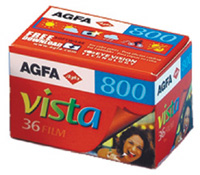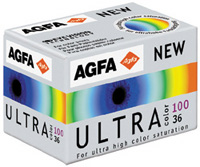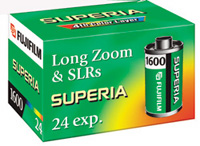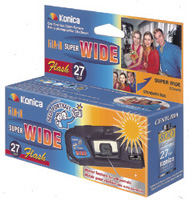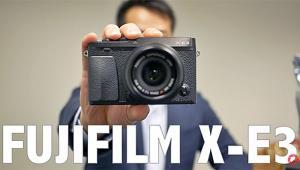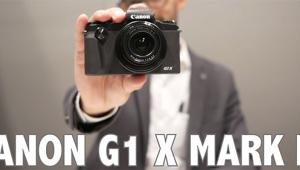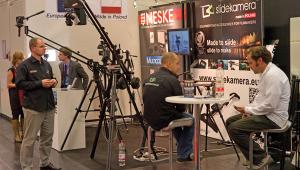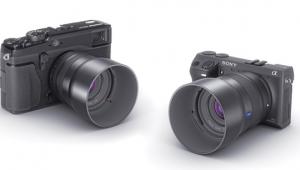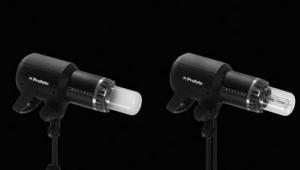New Negative And Transparency Films
Reports of Films Demise Are Once Again Exaggerated
During the "Digital Summit" panel discussion at the 2003 PMA Show, one of the speakers offered an analogy that's certainly timely. "To paraphrase Mark Twain," he said, "rumors of the demise of film have been greatly exaggerated." Indeed, film sales continue to be brisk, and some manufacturers, particularly Fuji, are aggressively expanding their product lines. This makes sense, considering the billions of film cameras still in use around the world, as well as a statistic quoted by an Agfa rep at their press conference. "There were more than twice as many film cameras as digital cameras sold in 2002," he reported. While this includes single-use models, we do know that many Shutterbug readers continue to use film. If you fall into this large category, some of the following new products should certainly be of interest to you. |
|
Color Negative Films |
|
Taking advantage of the technology
developed for its new 35mm High Definition 400 color print film (announced
in late 2002), Kodak now offers an APS format version of this High Definition
product. Available only in ISO 200 form, Advantix High Definition offers
the same enhancements. Advantages claimed for this new film include improved
sharpness and reduced grain, optimized skin tones, greater color consistency,
and "dramatically improved blues and purples." The 8x10"
test prints shown by Kodak confirmed these claims. In addition to rich,
gorgeous colors and attractive flesh tones, the prints exhibit image quality
comparable to what I would expect from a 35mm (ISO 200) film with very
high sharpness and an ultra-fine, very tight grain structure. |
|
Color Transparency
Films |
|
Other Film Products
|
|
While the black and white Fuji
Neopan 100 ACROS is not a new film, it will finally be available in a
4x5 QuickLoad format version that large format photographers have been
eagerly awaiting for some time. This "slow" film offers ultrahigh
image quality, rich gradation, outstanding sharpness, excellent reciprocity
characteristics in long exposures, and can be processed with a broad variety
of developers and fixers. |
- Log in or register to post comments
